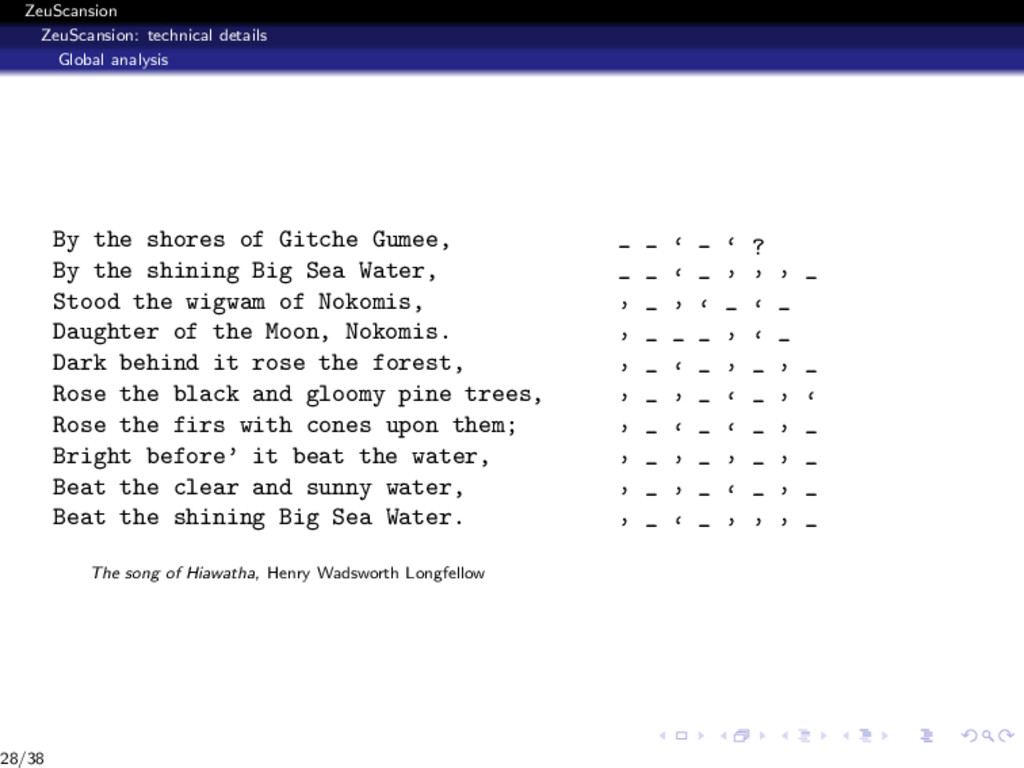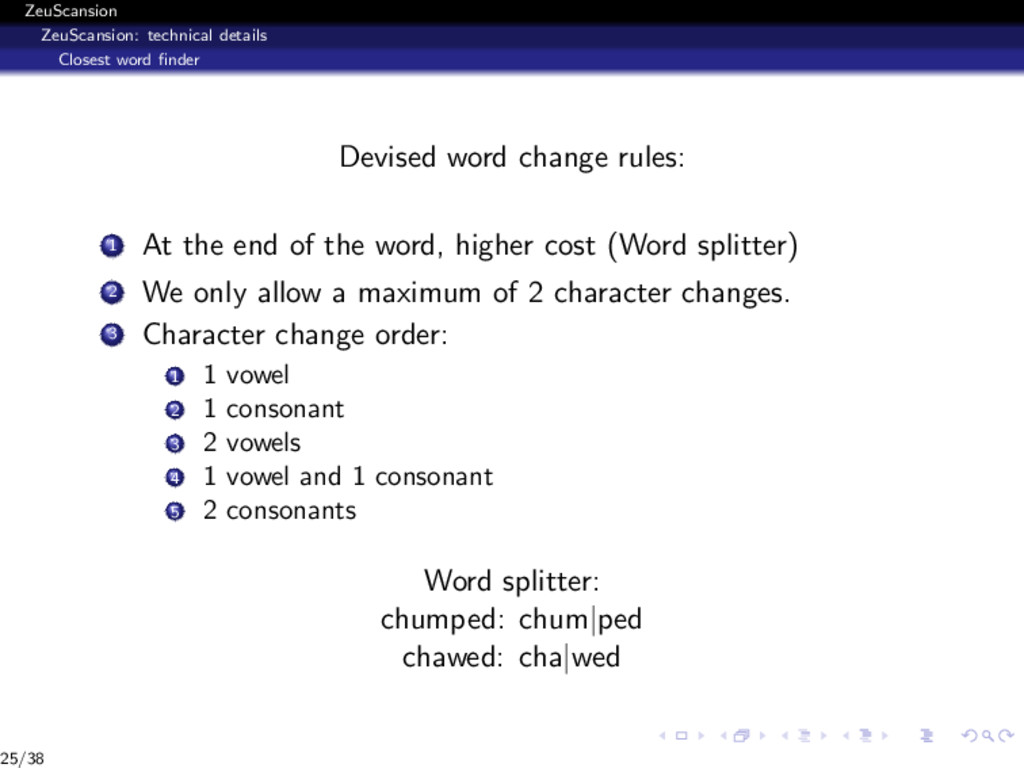
So understanding meter can be yet one more tool in your reading arsenal. Good writing is about much more than the words on the page it's about how they sound, and how that sound contributes to meaning. Think of metrical analysis as yet another way to open up and think about a poem (as if you needed more ways to open up a poem). Is there an iamb thrown smack dab into the middle of a line of anapests? Does a line of iambic pentameter start with a trochee? And what's the effect of that change? These, Shmoopers, are the questions that metrical analysis asks. So poets like to add what we call metrical variation into the mix. See, a poet may choose to write in anapestic trimeter, sure, but if the whole stinkin' poem were in that meter, it would get a little boring after a while. Figuring out that a poem is written in iambic pentameter or, say, trochaic tetrameter is just the first step on the long, wonderful road of metrical analysis, a.k.a. Once you've got the basic vocab down, you're ready to start analyzing meter. Plus, as you study poetry, you're probably going to spend most of your time reading trimeter, tetrameter, pentameter, and hexameter. Scansion (1) the act of scanning, or analyzing poetry in terms of its. We could go on (guess how many times heptameter and octameter repeat their feet?), but we won't, because we have a feeling you get the picture. The dictionary defines meter as Rhythm is a tool a poet uses that brings flow. Trimeter three times, tetrameter four times, pentameter five times, and hexameter six. There can be multiple ways to scan a line of verse to find the natural pulse. If it's monometer, the foot is only used once. Scansion is very helpful in determining the natural rhythm of speaking blank verse. The second half comes from the number of times that foot is repeated. The tools are designed to be cool and entertain, but also help aspiring writers create a range of different media, including plots, lyrics for songs, poems.
#Poetry scansion tool generator
Masterpiece Generator refers to a set of text generator tools created by Aardgo. Those terms, of course, only cover the first half of what we call meter. Let us automatically create a poem and an image. For now, we'll just list 'em: iamb, trochee, spondee, anapest, dactyl, amphibrach, and pyrrhic. There are, of course, a ton of different kind of feet, so knowing those terms will help you on your way to becoming a metrical master. So, for example, if the foot is an iamb (daDUM), and it's repeated five times, you're dealing with iambic pentameter. The expected accuracy on an average classical text is estimated to be about 98 to 99. The type of foot being used, and the number of times that foot is repeated in each line, will give you the name of the meter you're reading. This automatic macronizer lets you quickly mark all the long vowels in a Latin text. At some point you're going to run out of noises and need some vocabulary.įirst, you should know that meters are composed of feet. Scansion is tradition-ally done manually by students and scholars of po-etry. Of course describing a poem in daDUMs can only get you so far. Does the poem go daDUM daDUM daDUM? Does it go dadaDUM? How about daDUMda daDUMda? Answer that question and you've got the poem's meter.

It employs two different algorithms for dividing iambic lines into feet, and another for anapestics when it loads a poem-file it samples the lines to deduce whether to treat them as iambic or anapestic.Think of meter as a poem's underlying structure-the rhythm beneath the words in each line. Its treatment of a word (syllabification and stress) can be changed by the user. It's fairly successful it handles Larkin's "Church Going" and Browning's "My Last Duchess" and Carroll's "The Hunting of the Snark" pretty well, and none of them is particularly easy to scan. I don't know of another program that does quite the same thing.
#Poetry scansion tool manual
There's a Manual that describes both how the program works and why it works that way.


Though it uses the traditional foot-based scansion, some of its techniques and principles of construction derive from recent decades' work in generative phonology. Of these, Zeuscansion (Agirrezabal et al. At the same time, it's suitable for some kinds of research on metrics. In the case of Spanish poetry, several automatic scansion and syllabification tools have been developed since the first system built by Gervás (2000). As you "Step" through the process, the program explains what it's doing: identifying syllables and lexical stresses, dividing the line into feet and so on. We also present a brief evaluation of the system using a gold standard corpus of human-scanned verse, on which a per-syllable accuracy of 86.78 is reached. You can load the text file of a poem, or type lines in by hand. The Scandroid is a program that scans English verse in iambic and anapestic meters.


 0 kommentar(er)
0 kommentar(er)
